How can art direction help your brand?
First things first. What is an art director?
From where I stand they are the curator of a project, bringing all the elements together and ensuring that the key message is captured. Saying that sometimes the role depends entirely on the delivery so it can be a tricky role to define.
I’ve curated stylists, picked illustrators, built sets, styled rooms, mocked up a billion retail windows, and even hand-modeled from time to time… It's about how can I help this story come to life, hero the product, and tell the narrative most clearly, with the correct aesthetic to match.
A lot of the time for me, it's about stepping back and allowing the experts to do their job. And in my opinion, there's no one right way to do things, often a lot of it is derived from feeling and gut especially when it comes to visual output. I am generally open-minded about an outcome. There’s been a lot of times where I’ve stood back and said, ah, that's not how I imagined it….but it looks amazing.
If everyone can do their job, why even have an art director?
We tie things together and allow people to focus on their specialism. I help keep the focus on hero-ing a product, making it center stage and not overshadowing it with too many props. Being clear on my narrative is key, and a lot of the work will happen before the shoot with mood boarding and a lot of shoot prep to ensure your aesthetic/story is cohesive on the day.
Onset, you'll often find me acting out what I might be doing in space to figure out exactly how the glasses would be positioned on the magazine or where I’d put my cup of tea to ensure nothing feels too contrived and that the composition is correct.
I like to have a close relationship with the photographer/videography/illustrator, so you can bounce off each other and be open to new ideas.
How can art direction and styling help your brand?
It can stretch the use of its assets produced. Support the brand team to make sure we get every orientation for use. I appreciate that a lot of content can be made off the cuff on a phone, and that's great, but having an art director can:
A. help to clarify what you want to say, rearrange things, help curate for the final picture.
B. keep us creatives in check, make sure all the shots have been captured, and not lose the emphasis on what it is we’re trying to say.
C. It's all in the prep work. A bulk of the work will come before the shoot or creative asset. Whether that's mood boarding, story building, prop hunting, set designing & building.
D. If we're on-shoot keep the pace of the day to ensure we have what we need.
E. Keep an eye on aesthetics. Make sure the colors are complementary (or contrasting) and that nothings snuck in-shot that shouldn't be there.
If you like the sound of becoming an art director then my advice would be
1. come up with many ideas, as many as possible. Present them visually, whether it's sketches, description, or better still, digital or physical mock-ups.
In the early days of my career, I was pretty terrible at digital mock-ups (still not great TBH), and at the time my creative director, Andy said "don't worry just draw them." Here are some examples of initial drawings through to delivery. I still use sketching as my go-to before turning anything digital.
2. Prepare/experiment/practice where possible, it's only really through my mistakes have I learned what doesn't work. If I am working on a set design piece I always try and build it physically before the shoot to ensure I understand the composition of my idea.
3. I can’t emphasize enough, the importance of collaboration. If you'd rather do your own thing, not share your ideas, then maybe an art director isn't the one. Listening to people's expertise is vital and having one part missing and the whole shoot can be a waste.
Not every photographer is going to be great at product photography, they may prefer working with lifestyle in natural lighting but put them in an environment where they need to create dynamic lighting and they may crumble and you need to have the ability to recognise that. You want people to work to their strengths and not weaknesses, right?
4. Listen to everyone else's input, you don't have to follow it but jeez, I’ve learned more about lighting on set from James and Andy in 1 year than I have in my whole career. So be open and motivated. Trust your gut, and you'll make it happen.
One of the many things I love about art direction is that there isn't one set path of how to get there. I come from a retail/experiential background but have met art directors who specialize in a host of different specialisms from photography to styling. This breadth of knowledge helps it be a varied career with lots of creative experiences and constant learning.
If you've got any questions on it or are a brand that is looking to spruce up your creativity, drop me a message at hi@pencilnat.com







